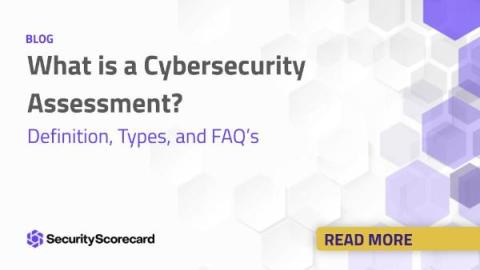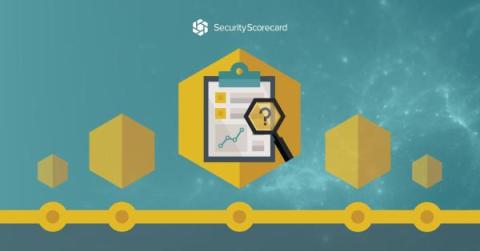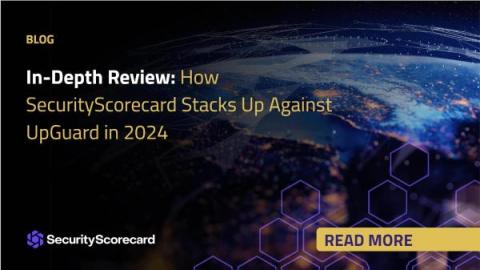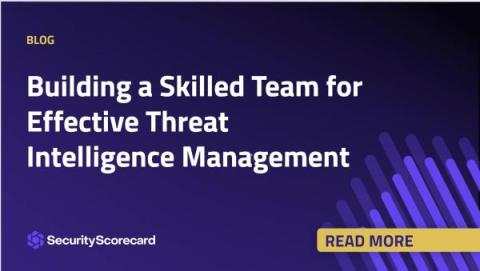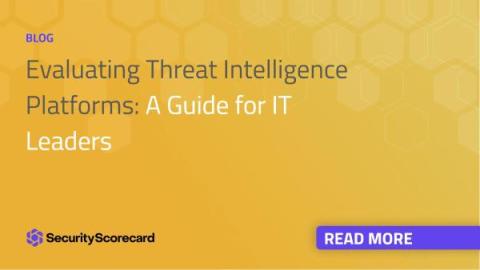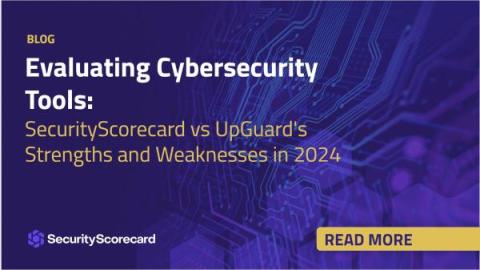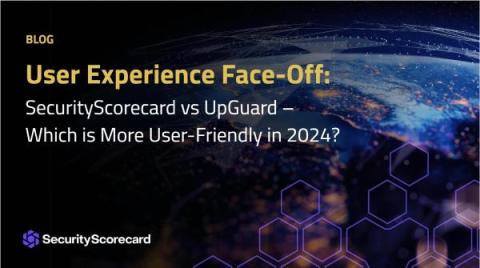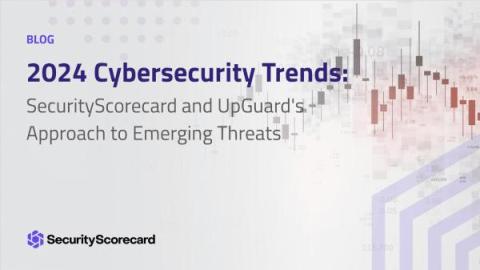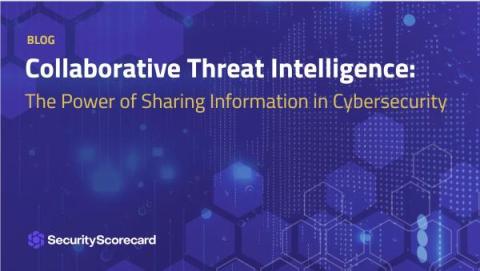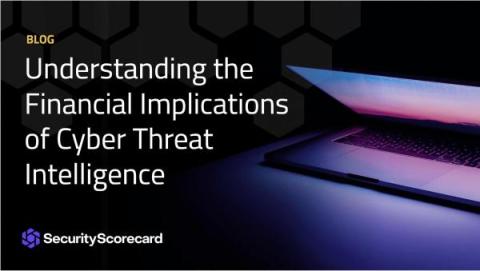What is a Cybersecurity Assessment?
Routine cybersecurity assessments are a crucial component of a holistic risk management program. Your organization must keep an eye on the cyber hygiene of its entire ecosystem, including third- and fourth-party vendors, at all times. A cybersecurity risk assessment allows you to do this by identifying the cyber risks that affect your security posture, which leads to more informed decision-making on how best to allocate funds, implement security controls, and protect the network.


